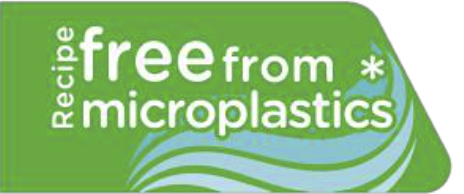To have flawless laundry in the long run and even after many washes, the magic word here is “SEPARATE”.
Dry cleaning
Hand washing
Machine washing
Pay attention to the care label instructions of the textile manufacturer (you will get further information about the washing symbols here).
New colored textiles might discolor, therefore we advise you to first check them for color fastness and wash them separately if necessary.
Always choose the type of detergent according to the type of fabric, for example heavy duty detergent, color detergent or mild detergent.
You can use color detergent or heavy duty detergent for most textiles . But special fabrics need special care. In particular, wool & silk, black textiles, sports / membrane textiles and delicates should be washed using the appropriate detergents.
Depending on the area you are in, an additional water softening agent might be useful for your laundry. Your local waterworks provides information about the hardness level of your water. Water hardness should be taken into account when dosing your laundry detergent properly.
Mild detergents for delicate and special fabrics are also free from optical brighteners and bleaching agents. Furthermore, some of them act without enzymes.
Special detergents are liquid detergents specially designed to deal with certain textiles (such as sports & membrane textiles).
MED detergents have been specifically developed by dalli for allergy sufferers. They are free from ingredients likely to cause allergic reactions and, in addition, have been tested and are recommended by the German Allergy and Asthma Association.
The right amount of detergent cleans your laundry optimally and protects the environment at the same time.
Overdosing the laundry detergent does not bring you better washing results and it may also lead to detergent residues on the clothes (however, these can be easily removed in most cases). Moreover, too much laundry detergent uselessly pollutes the waste water.
Underdosing the laundry detergent possibly results in your clothes not being adequately cleaned and dirt remaining on the textiles. This could turn out to be a real problem if a stain is not properly washed off and therefore “burns- in” into the fabric. This makes it more difficult to remove the stain later on.
You will find a dosing table given on each laundry detergent and on each product page. It considers three factors:
© 2022 DALLI-WERKE GmbH & Co. KG Stolberg. All rights reserved

The new dalli laundry detergent formulations are free from microplastics
Dalli takes on responsibility and is committed to a sustainable future.
Therefore, in accordance with the definition of the United Nations Environment Programme (UNEP), our formulations with our label are free from microplastics.
Worldwide, there is still no uniform definition of the term microplastic. Nevertheless, the UNEP definition is increasingly gaining acceptance, especially as it provides a suitable basis for factual-scientific considerations on the topic.
As per UNEP, microplastics consist of “solid, water-insoluble plastic particles that are five millimetres and smaller”. This definition of microplastics is also shared by the Federal Environment Agency (UBA) and the World Wide Fund For Nature (WWF) Germany, for example, and we also use this definition as a basis for assessing our products and selecting suitable ingredients.
It is also important to point out that water-soluble or gel-like polymers are excluded from this definition because, according to current knowledge, they do not pose the danger as microplastic particles.